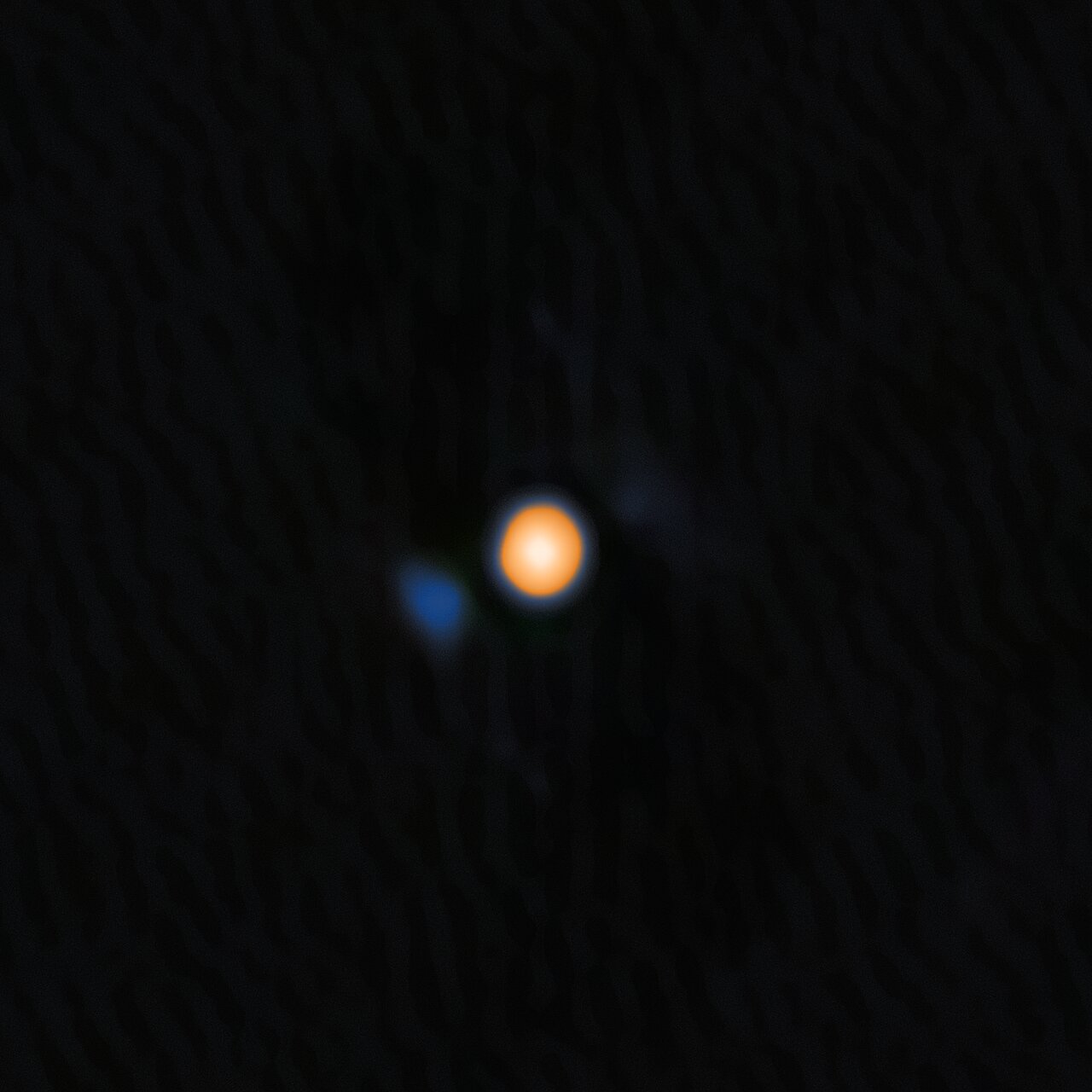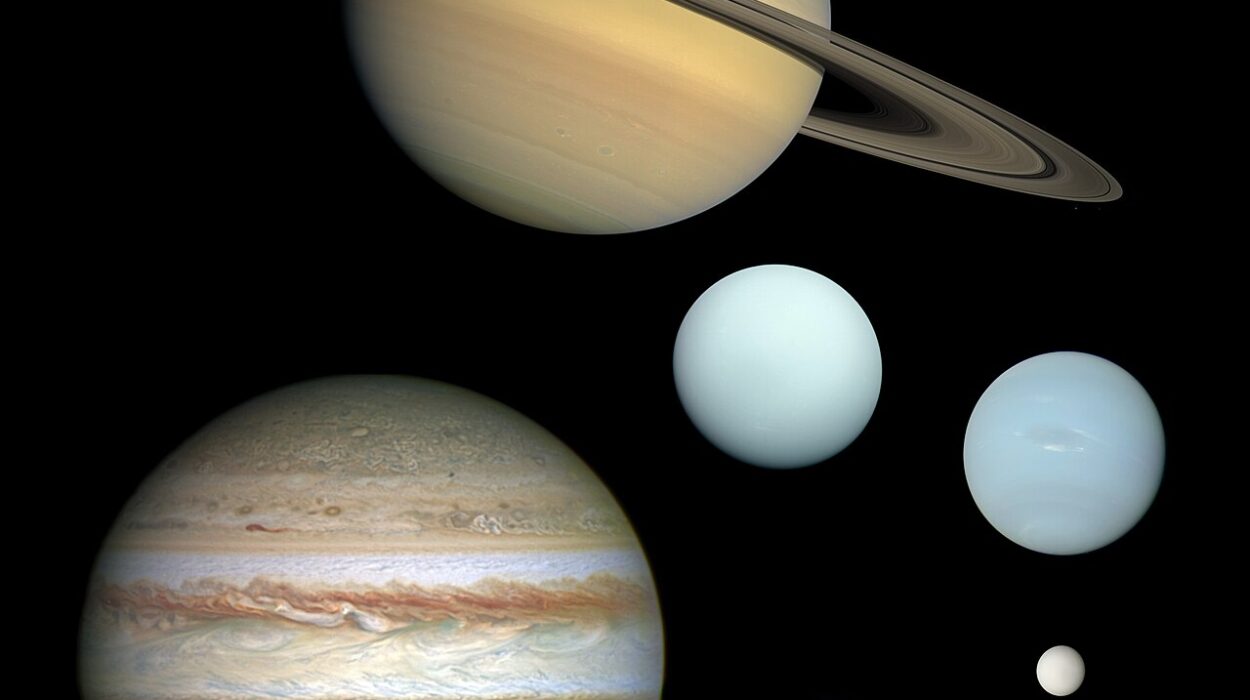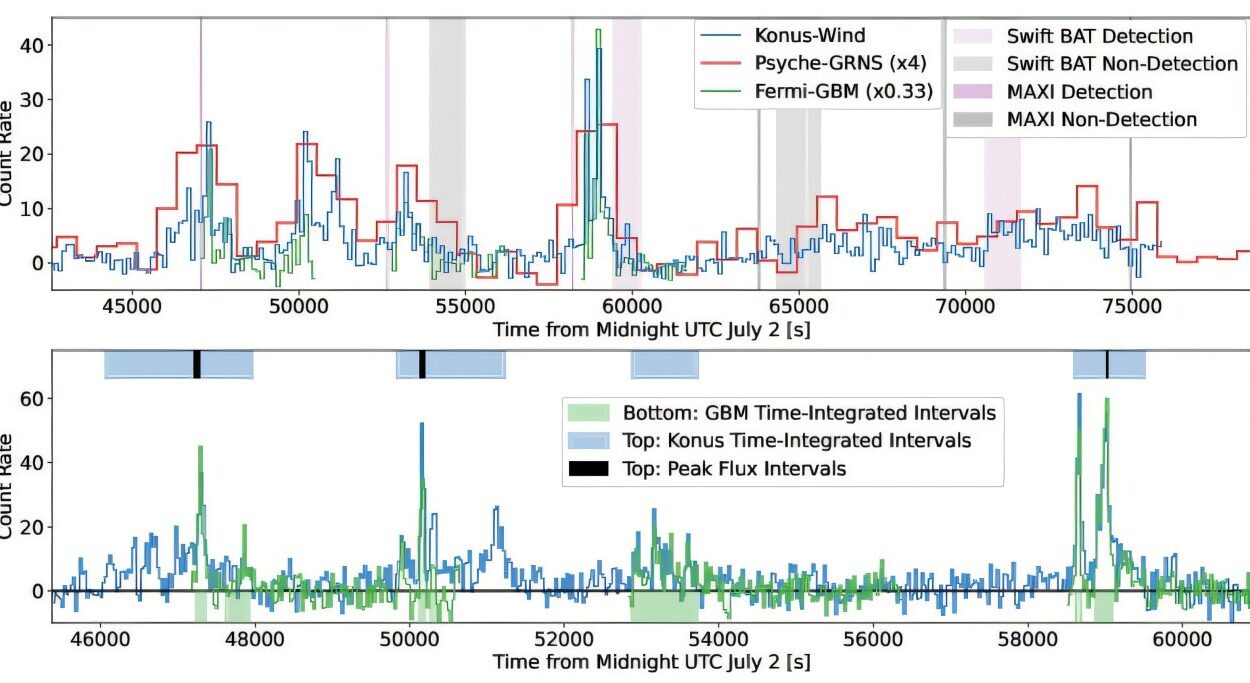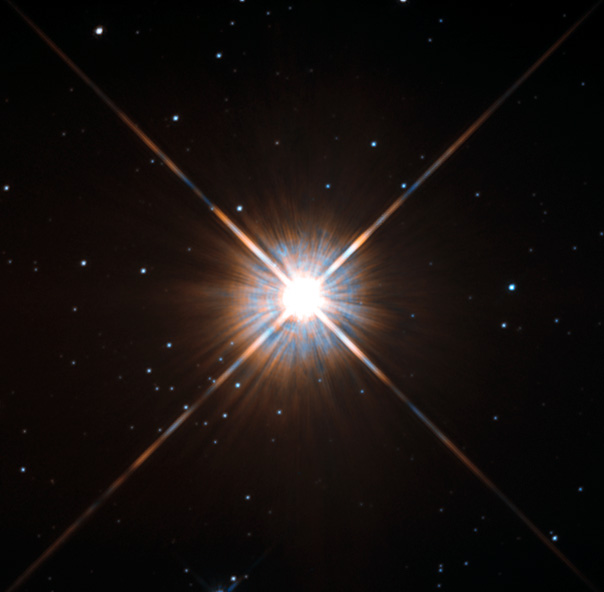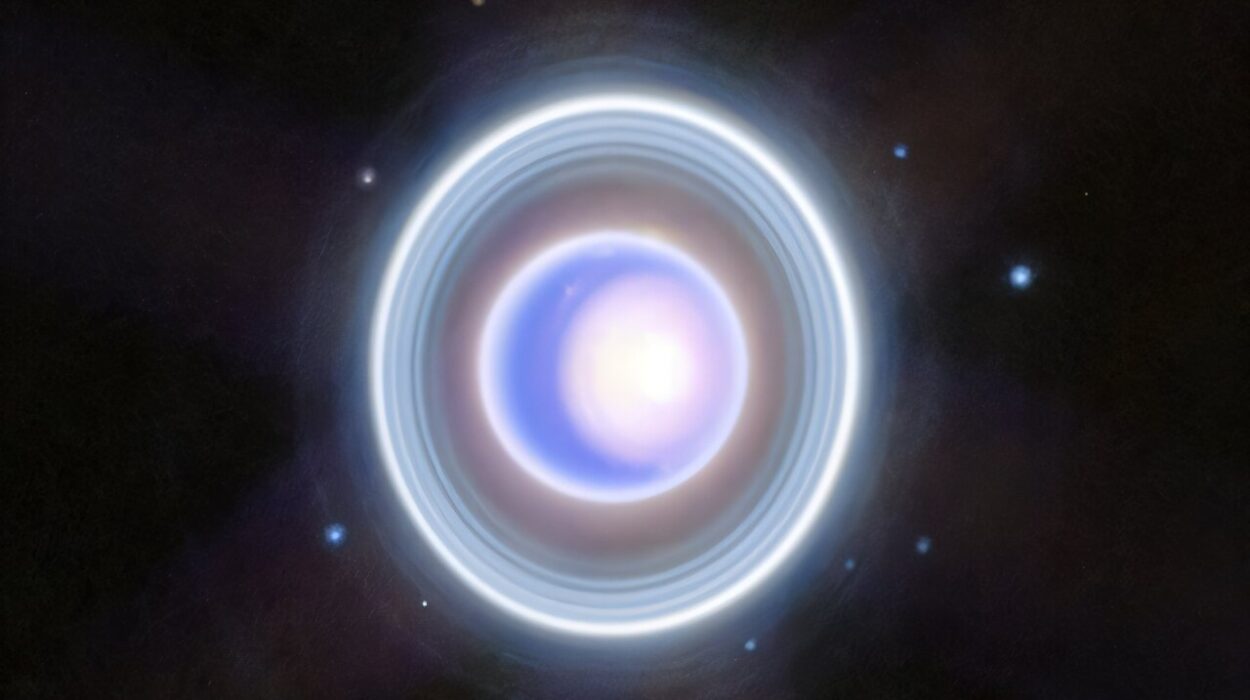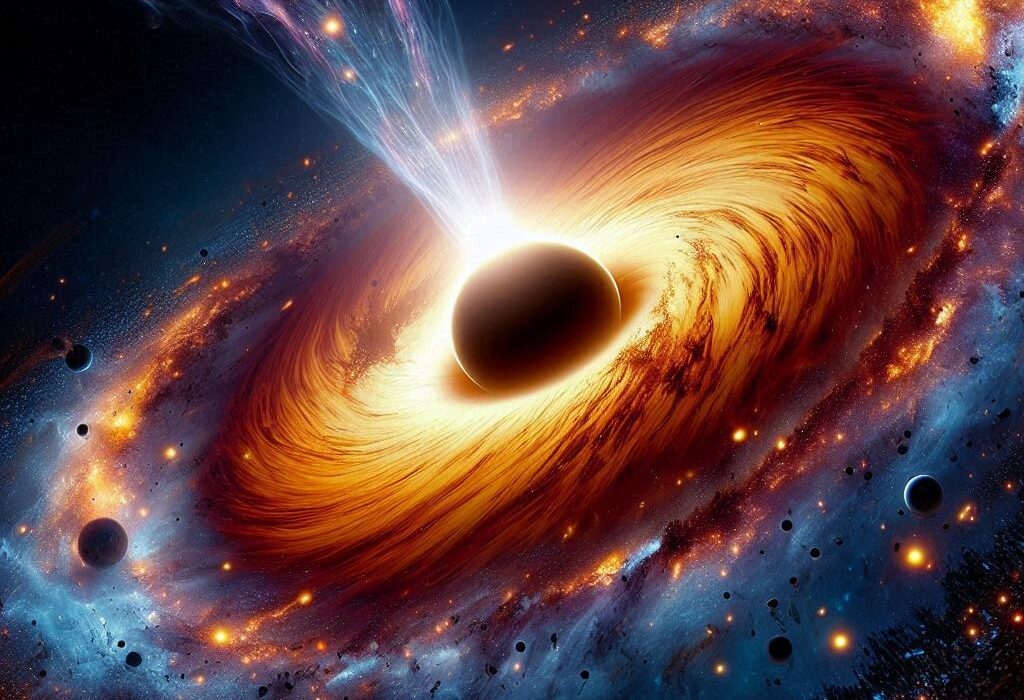There are few stars in the night sky as instantly recognizable as Betelgeuse — the brilliant red beacon marking the shoulder of Orion, the Hunter. To many stargazers, it feels almost alive, glowing with a warm, flickering light that seems to pulse in the darkness of winter skies. For astronomers and dreamers alike, Betelgeuse has always held a special kind of magic — a reminder that the cosmos is both vast and deeply personal.
For one young child, peering through a telescope for the very first time, Betelgeuse became the start of a lifelong fascination. Years later, that same star would reveal a long-hidden secret — one that would change our understanding of how massive stars live and evolve.
A Secret Beneath the Red Glow
For decades, scientists suspected that Betelgeuse might not be alone. Something about the way it brightened and dimmed, and the irregularities in its light patterns, hinted at the gravitational tug of an unseen partner. Yet, proving that suspicion was no small feat.
Betelgeuse is an enormous red supergiant — nearly 700 times the diameter of our Sun and thousands of times more luminous. Trying to observe anything in its immediate neighborhood is like trying to spot a candle flame beside a roaring bonfire. Any smaller companion would be drowned in its overwhelming brilliance.
As Dr. Anna O’Grady, a McWilliams Postdoctoral Fellow at Carnegie Mellon University, put it, “The brightness difference between Betelgeuse and its tiny companion is absolutely insane.” Still, the question persisted — was Betelgeuse truly alone, or was it part of a hidden binary system?
The Moment of Alignment
The answer arrived in a rare and fleeting cosmic alignment. On December 6th, during a narrow observational window, Betelgeuse’s mysterious companion reached its maximum separation — the brief moment when it could be most clearly observed before disappearing behind the supergiant’s vast glow for another two years.
Recognizing the extraordinary opportunity, O’Grady and her team sprang into action. They applied for Director’s Discretionary Time on two of humanity’s most powerful space observatories — NASA’s Chandra X-ray Observatory and the Hubble Space Telescope. These observation slots are rarely granted and reserved for only the most exceptional scientific endeavors. The fact that both proposals were accepted simultaneously speaks volumes about the significance of their mission.
The team’s challenge was daunting. They needed to peer through Betelgeuse’s blinding light and find evidence of a companion star — if one truly existed. Their plan was to use Chandra’s sensitive X-ray instruments to search for telltale signs of accretion, the process by which compact objects like neutron stars or white dwarfs siphon matter from their neighbors. Such a signal would have revealed a violent, energetic companion feeding off Betelgeuse’s outer layers.
But when the data arrived, something unexpected emerged. There were no traces of accretion, no signs of a collapsed remnant. Instead, what they found was subtler — and perhaps even more fascinating.
Meet “Betelbuddy”
Betelgeuse’s long-speculated companion turned out not to be a ghostly remnant, but a living star — a young stellar object roughly the size of our Sun. The team affectionately dubbed it “Betelbuddy.” Though small in comparison to its colossal partner, this newly discovered companion could be the key to solving one of Betelgeuse’s most enduring mysteries.
For years, astronomers have puzzled over Betelgeuse’s strange six-year cycle of brightening and dimming. In 2024, researchers proposed that an orbiting companion might periodically clear away dust and gas that block Betelgeuse’s light, allowing the star to shine more clearly from Earth. Now, with Betelbuddy’s discovery, that theory finally has real observational support.
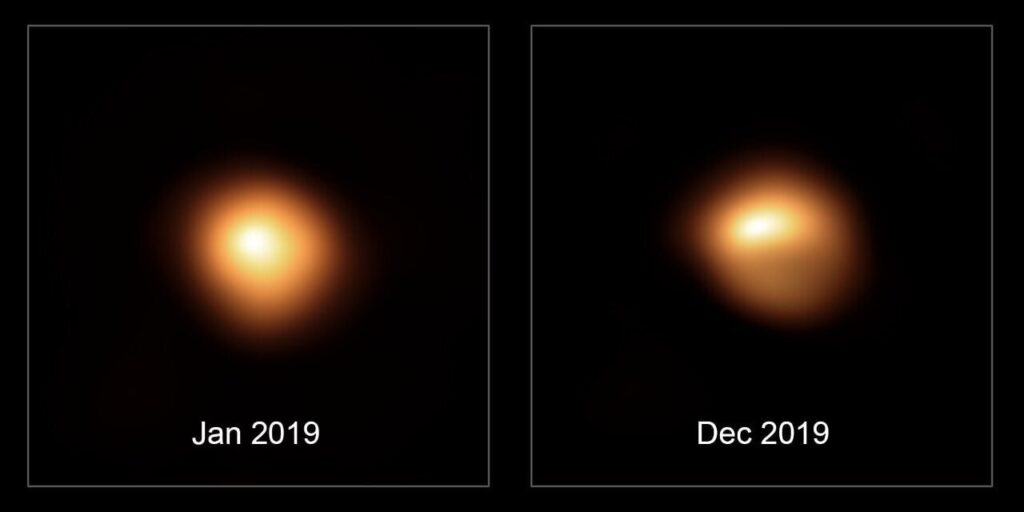
Betelbuddy’s orbit and interaction with the massive red supergiant appear to explain the rhythmic variations in brightness that have long captivated astronomers and amateurs alike. When it swings close, its gravitational influence could help disperse the dense clouds of dust surrounding Betelgeuse. When it moves away, those clouds may thicken once more, dimming the star’s glow.
The Making of an Unlikely Pair
What makes this discovery even more intriguing is the unlikely nature of the partnership itself. In most binary systems, the two stars are born together from the same collapsing cloud of gas, often with similar masses. But Betelgeuse and Betelbuddy break the rules.
Betelgeuse weighs in at roughly 16 or 17 times the mass of our Sun, while Betelbuddy barely reaches one solar mass — a massive mass ratio that defies conventional models of binary formation. The existence of such an extreme pairing forces astronomers to reconsider how stars can form and evolve together.
Some theorists suggest that Betelbuddy might have been captured by Betelgeuse’s gravity long after both stars were born. Others propose that turbulent conditions in Betelgeuse’s birth cloud could have led to the formation of two vastly unequal stars. Whatever the case, the pair’s relationship could offer rare insights into how massive stars interact with smaller companions — a process that could influence everything from supernova explosions to the creation of new planets.
The Race Against Time
The story of this discovery is not only one of science but of timing, collaboration, and a bit of serendipity. The idea to propose these observations was born in a casual discussion at the McWilliams Center for Cosmology at Carnegie Mellon University. It was one of those moments when curiosity sparked a conversation that grew into an audacious plan.
Professor Katelyn Breivik, part of the research team, recalled how what began as a longshot gradually turned into a real opportunity. “It’s quite satisfying,” she noted, “when a casual conversation transforms into an exciting discovery.”
Their success hinged on perfect timing — securing telescope time before the short observational window closed. Had they missed it, Betelbuddy would have slipped behind Betelgeuse’s blinding glare for another two years, its secret safe once again in the depths of space.
Shedding Light on Betelgeuse’s Future
Betelgeuse is not just another star; it’s a ticking clock in cosmic terms. As a red supergiant nearing the end of its life, it will one day end in a spectacular supernova — an explosion so bright it could rival the Moon in our night sky. When that day comes, it will be visible even in daylight, a celestial event for the ages.
The discovery of Betelbuddy may reshape how we understand Betelgeuse’s eventual fate. A close companion can profoundly influence a star’s final act — altering how it sheds mass, how it explodes, and what kind of remnant it leaves behind. If Betelgeuse’s death is shaped by its small companion, then this binary system could become one of the most important stellar laboratories in our galaxy.
A Window Into the Universe’s Most Powerful Forces
Beyond its immediate implications for Betelgeuse, the discovery opens a new window into the study of massive stars and their companions. Extreme mass ratio binaries — pairs where one star vastly outweighs the other — are extraordinarily difficult to detect, yet they may play a crucial role in the evolution of galaxies.
These systems can create gravitational waves when the massive star collapses or when the two stars interact violently. They may also help explain mysterious stellar explosions and phenomena that current models struggle to account for. Betelgeuse and Betelbuddy could therefore serve as a bridge between the familiar and the unknown — a local example of processes that shape the cosmos on a grand scale.
More information: Anna J. G. O’Grady et al, Betelgeuse’s Buddy: X-Ray Constraints on the Nature of α Ori B, The Astrophysical Journal (2025). DOI: 10.3847/1538-4357/adff83
